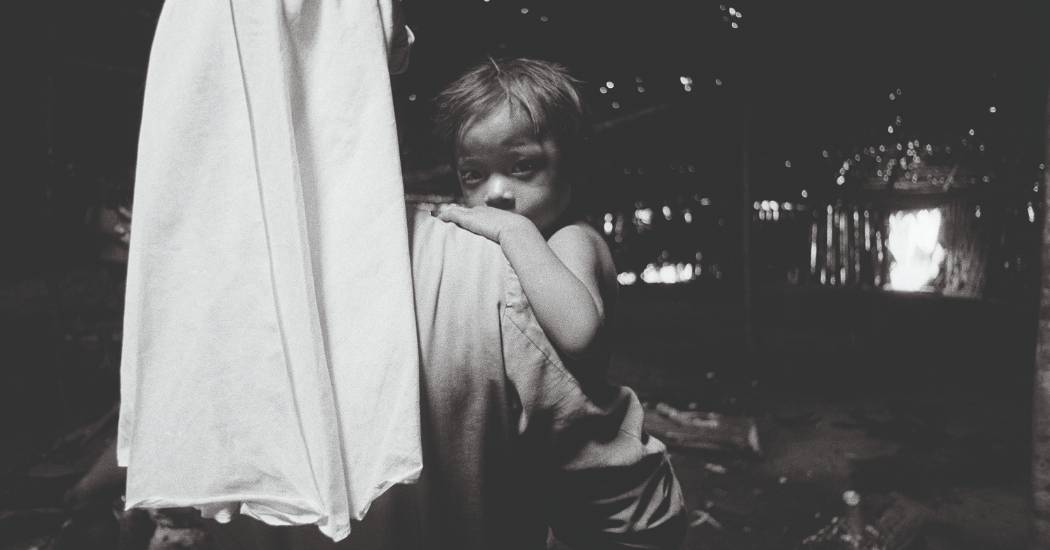
The Museum of Ethnography is to open its first contemporary photo exhibition in its new building. Titled "Indians. Souls. Survivors." the work of Claudia Andujar, a Hungarian-origin photographer will be showcased, with collaboration from São Paulo's Vermelho Gallery. The exhibition promises an unforgettable experience for enthusiasts of ethnography, distant cultures, and contemporary photography, while also delivering a poignant message about the world of the Amazon rainforest.
The Museum of Ethnography is the first to host a comprehensive photographic exhibition of the 92-year-old Claudia Andujarin Hungary. Although her photographs are preserved in numerous well-known collections worldwide, and she regularly participates in international photography events, her work is still relatively unknown in the region. Claudia Andujar, with Swiss ancestry on her mother's side and Hungarian ancestry on her father's side, lived in Nagyvárad until the age of 13. She later arrived in Brazil via detours through Budapest and Vienna while fleeing the Holocaust, and then through New York, where she became closely associated with contemporary art and photography from the 1950s onwards.
The exhibition presents 124 photographs, analog enlargements, digital prints, and additional projected imagery, all illuminated in a unique manner to showcase a significant portion of her life's work. The chronological structure of the exhibition takes visitors from her arrival in Brazil and her time as a magazine photographer to her decades-long artistic and activist work among the Yanomami Indians, culminating in the processing of her life's work in her later years.
Andujar's focus was on individuals marginalized by mainstream society. Her work, characterized by a unique and sensuous perspective often found in female artists, presents the spaces and everyday lives of cultures and communities in a less conventional way. As both a photojournalist and an artist, she confidently and skillfully explored various forms of representation.
Claudia Andujar is not only a photographer but also an internationally recognized activist who has been advocating for the rights of the Yanomami Indian tribe in the Amazon for nearly half a century. The organization she founded and her photographs played a crucial role in the Brazilian government's designation of the boundaries of the Yanomami Indigenous Territory in 1992, providing an opportunity to protect their culture and the Amazon rainforest.
So, why does a contemporary photography exhibition have a place within the walls of the Museum of Ethnography? The photographs center around a small Amazonian indigenous tribe. Andujar's primary goal is not to document ethnographic phenomena; rather, her photographs reveal a personal narrative about her own journey and her dialogue with the Yanomami people. This personal touch places the images within a broader anthropological perspective, focusing on themes of cultural encounter, discovery, understanding, and representation. It tells an important story of how photographs can become a tool in the activist struggle to save an Amazonian indigenous community.
By organizing this exhibition, the Museum of Ethnography also supports the advocacy work of the Yanomami Indians.
Header:
Sister and nurse Florence Águeda Lindey, Opiki thëri, North Perimetral road (abandoned) (Consequences of contact series)
Roraima, 1981 (2023)
Photochemical print, 66x100 cm